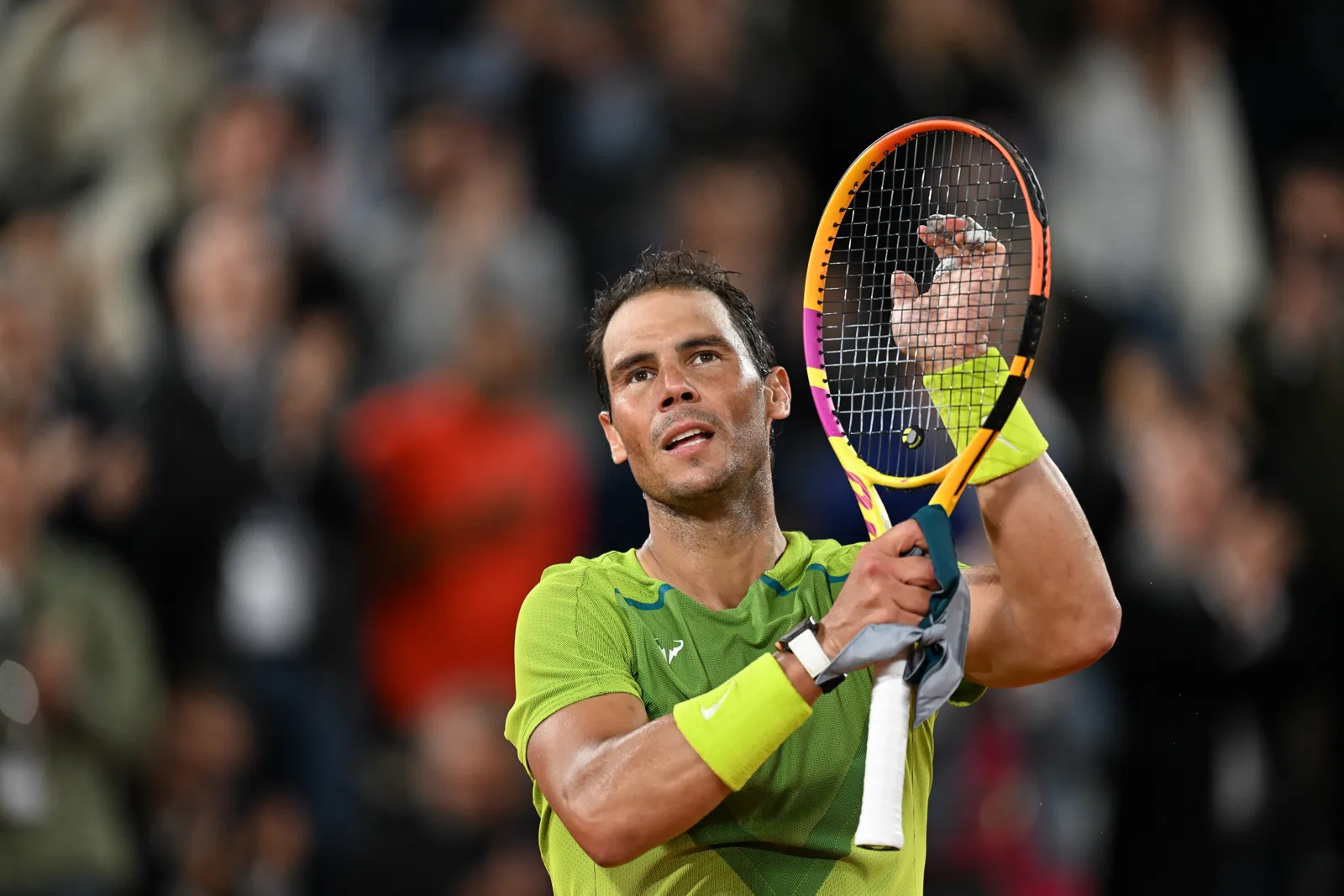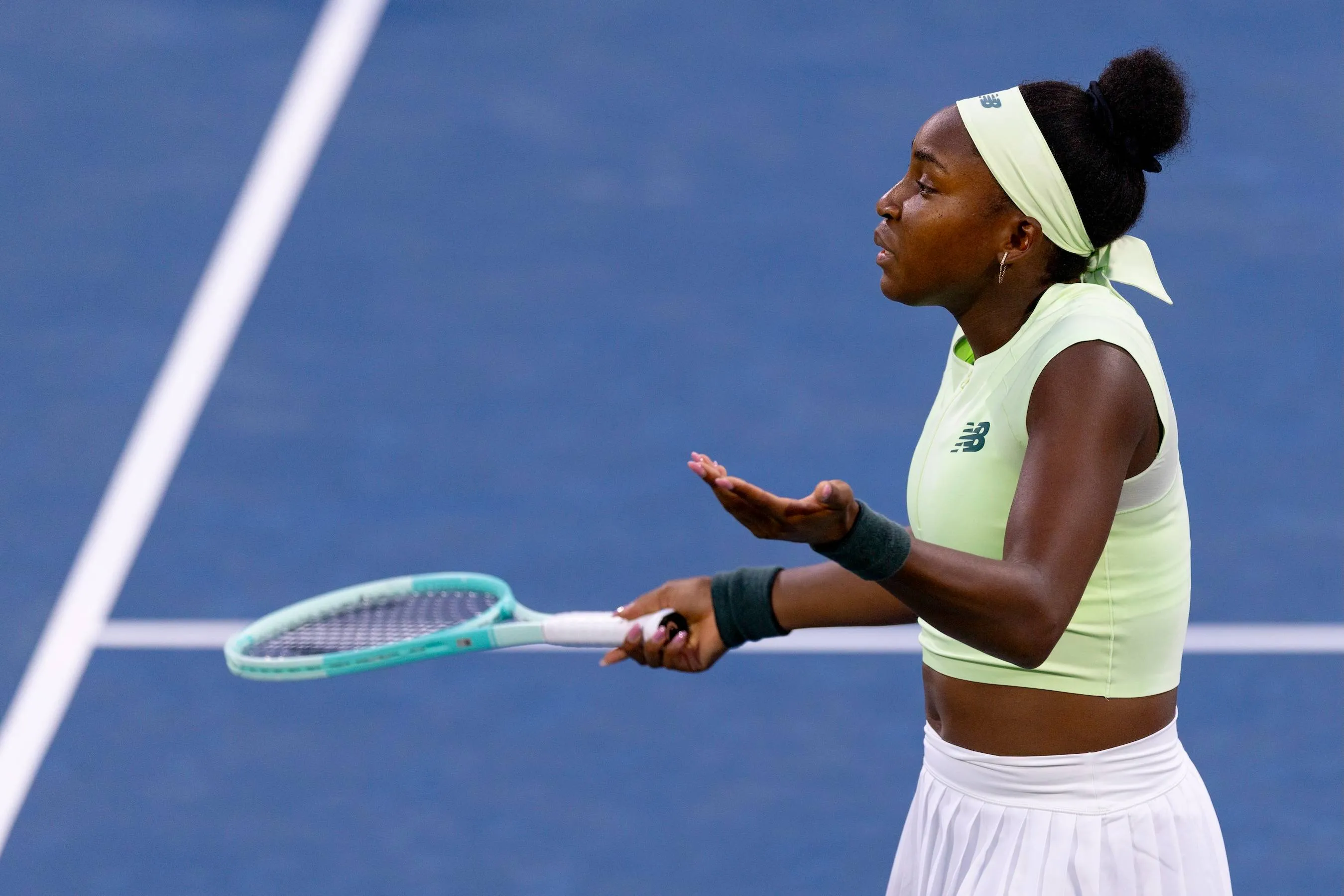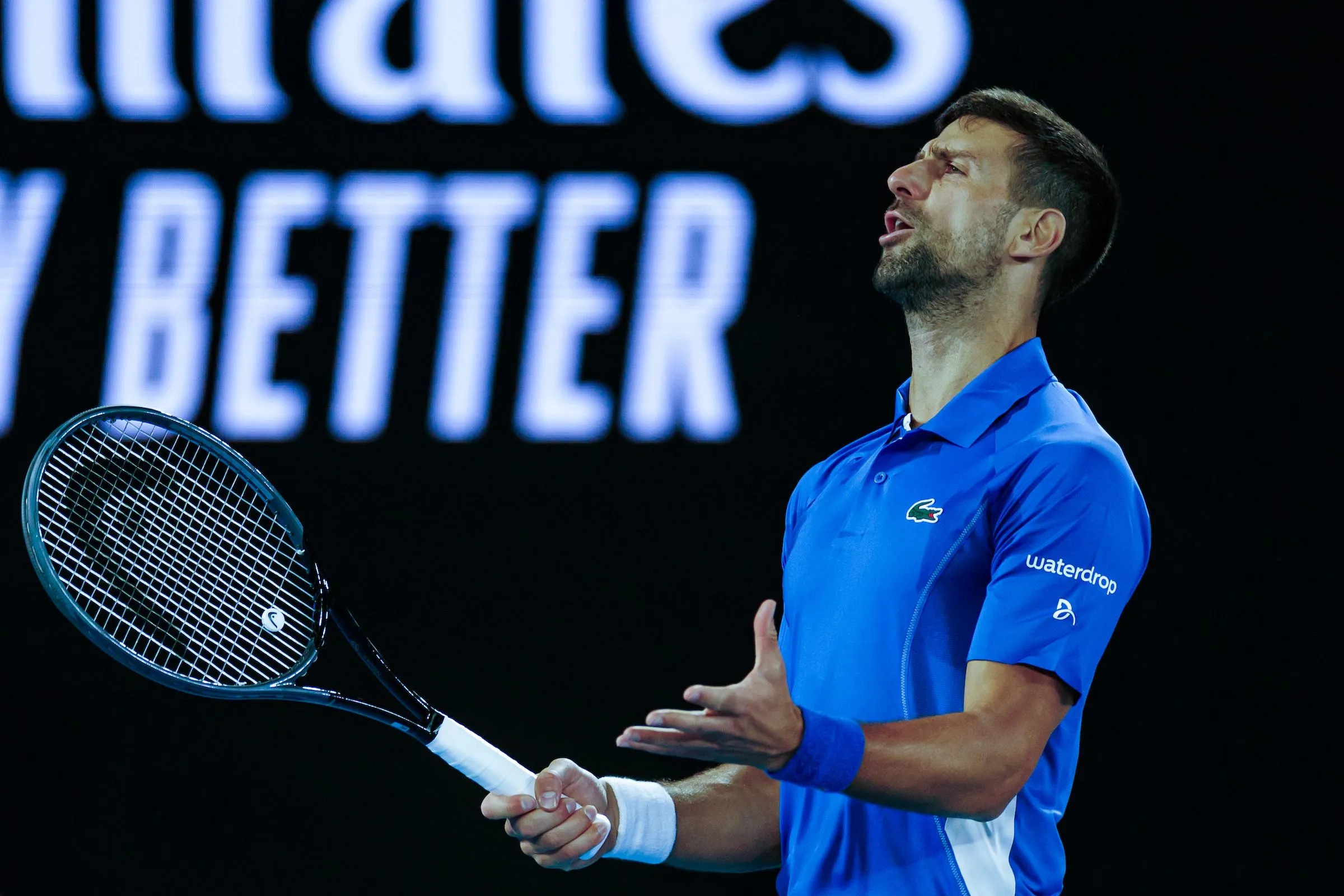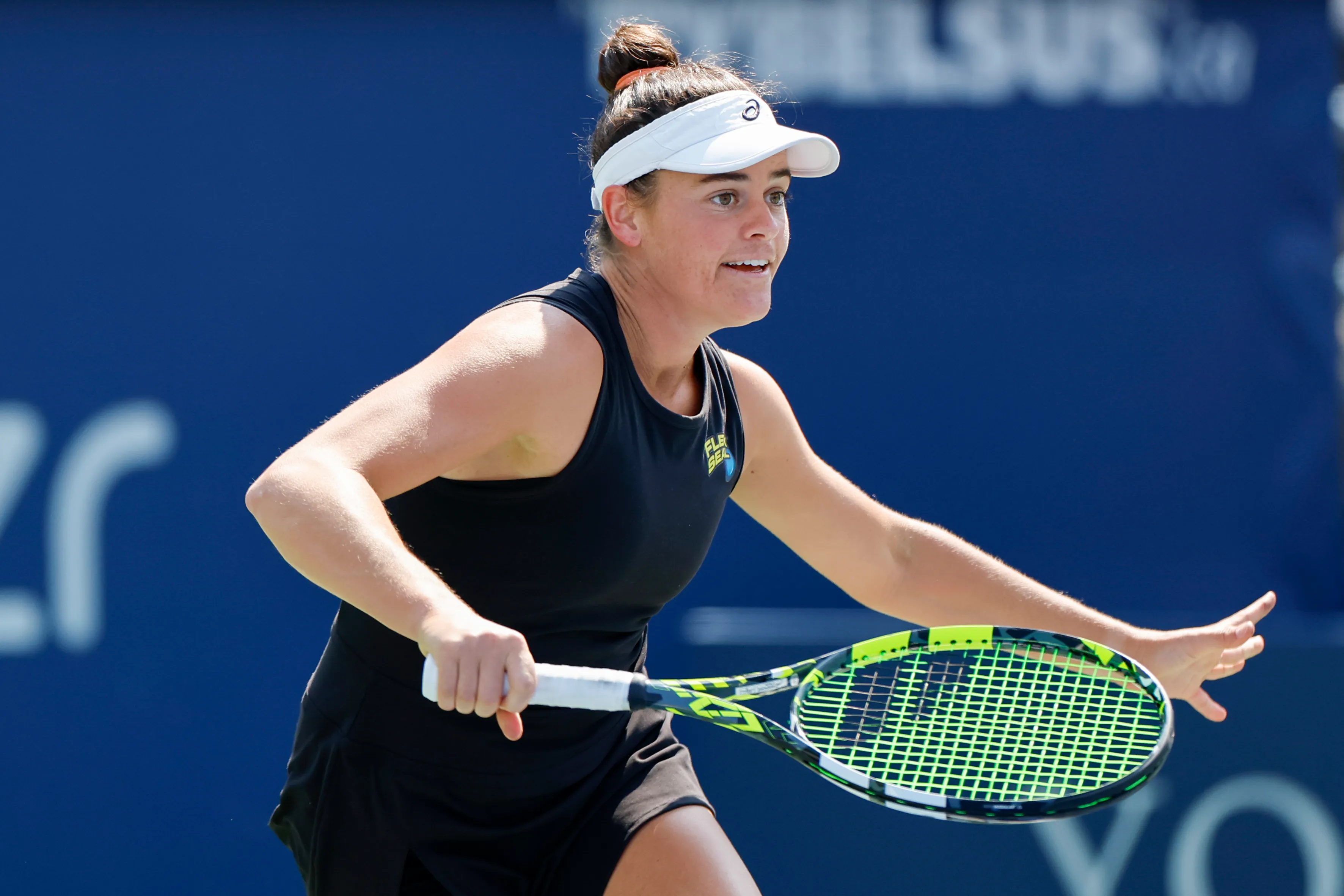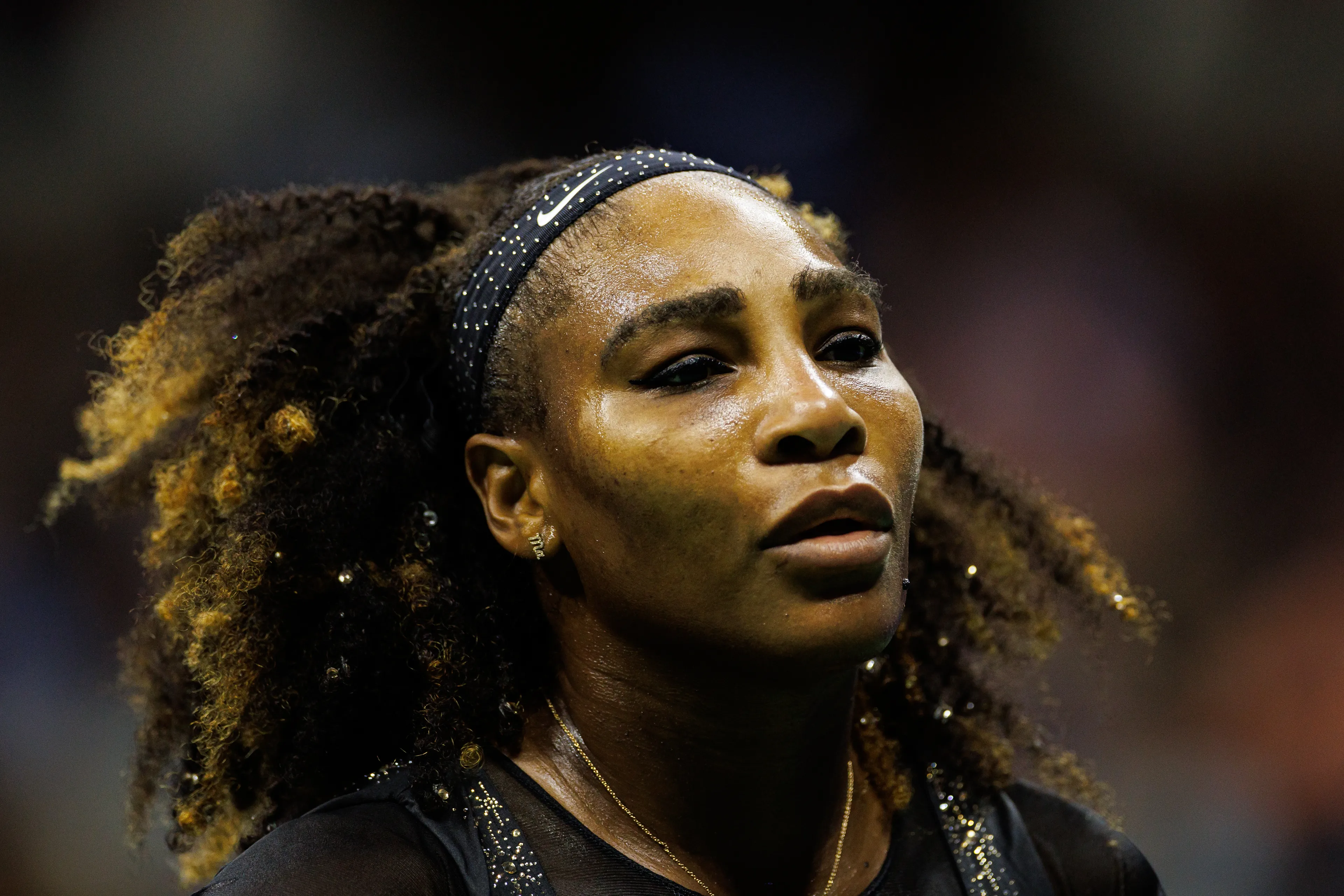What Was Prince EXO3 Technology, And Did It Contribute To Downfall Of Prince Tennis?
TennisThursday, 14 December 2023 at 05:40
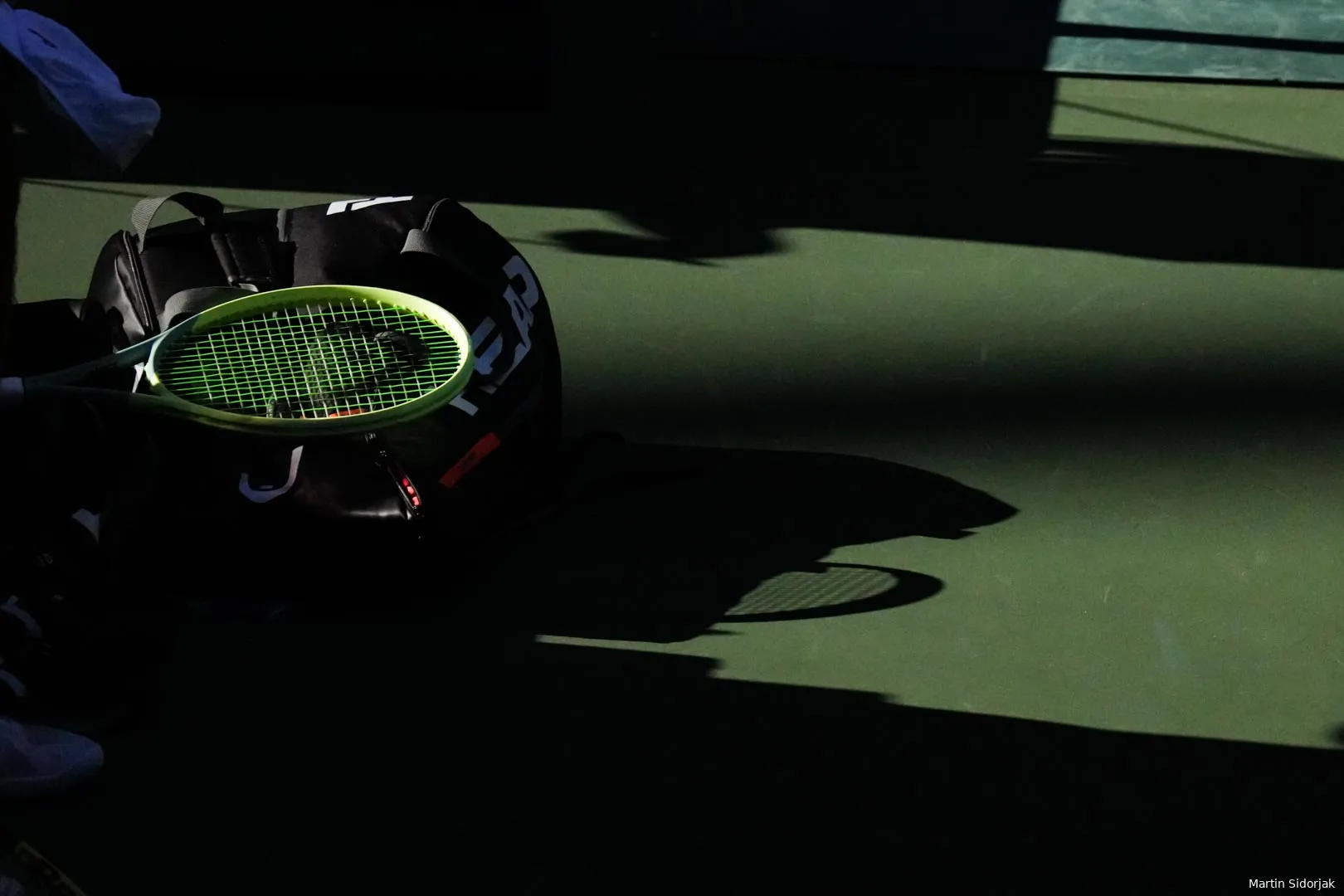
Known for some of the most significant revolutions in racket technology, the Prince Tennis Company enjoyed the largest market share in the racket industry, but was their EXO3 technology a step too far?
Launched in 2009, Prince’s EXO3 technology was an evolution of their successful O3 technology, i.e., both incorporated large string ports built into the frame’s design, which greatly increased string movement.
O3 provided benefits to the player in the form of increased power and forgiveness of the stringbed (usually translated by marketing as an “enlarged sweet spot”), as well as distinct, lively feedback from the racket.
Unique to EXO3 technology was a graphite exoskeleton around the perimeter of the racket, upon which the string loops sat. This isolated the stringbed from the racket and greatly enhanced the effects of O-Port technology, with Prince reporting up to 25% more spin and 26% greater energy return when hitting the ball.
However, a result of this energy-returning exoskeleton design of EXO3 technology was the greatly muted feel of the racket, so while EXO3 rackets were very powerful and forgiving, they lacked the firm “connection” to the ball that advanced players seek.
My personal experience with playtesting and training with EXO3 rackets was wanting to like them. I’ve always had a soft spot for Prince rackets – even competing with the 2014 reissue Response 97 for a time – but flagship EXO3 rackets were something I struggled to become accustomed to.
Read also
When hitting rhythmic groundstrokes from the back of the court, the EXO3 Tour 98 ESP was incredibly solid and powerful, however, the dull feedback was something I struggled with when playing points; and the EXO3 Graphite 93 would vary wildly between fantastic and unpredictable on court, lacking the sharp precision I expected from similarly heavy, small-headed rackets.
But aside from the playability challenges, it’s worth noting the technical challenges O-Port rackets presented to stringers. Prince O-Port rackets were notoriously difficult and time-consuming to string, as the stringing machine must be braked when tensioning the first portion of individual cross strings, otherwise, the tensioned string would simply not line up in the correct position, resulting in a mess of a stringing job, and inconsistent dynamic tension of the stringbed.
In addition, the strings must be woven in a specific orientation, or the string will not align correctly with the O-Ports. The result were rackets that took a great deal of experience and skill to string at the optimal standard and in fact, were even refused by some stringers due to the headaches they caused!
It’s unlikely this choice was widespread amongst professionals in the stringing industry, but it does lend to the theory that stringers in pro shops discouraged sales of O-port rackets due to the difficulties in stringing these rackets.
It was after the 2000s and the release of EXO3 that the Prince Tennis Company’s market share took a steep decline. Their EXO3 rackets failed to capture tennis enthusiasts, who opted instead for the likes of Wilson, Yonex, and the comparatively new Babolat rackets.
By 2012, The Prince Tennis Company filed for bankruptcy, and while the company still exists in some form today, EXO3 technology no longer features in their lineup.
In the grand scheme of things, these were small issues for what are otherwise great, high-performance rackets, but ultimately, these small drawbacks meant the products of competing brands were favored instead.
Personally, I’m disappointed to see EXO3 fade into the past. The technology was innovative and interesting, and despite the shortcomings, no one can deny EXO3 rackets looked like nothing else in the racket industry, and perhaps nothing will again.
Read also
Loading

